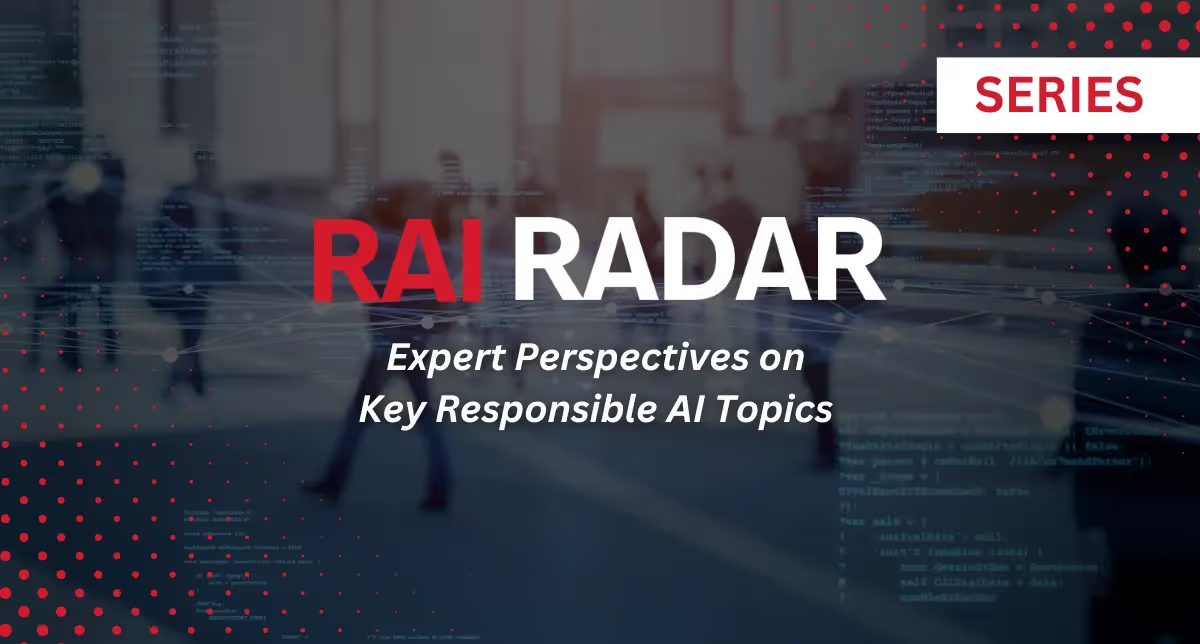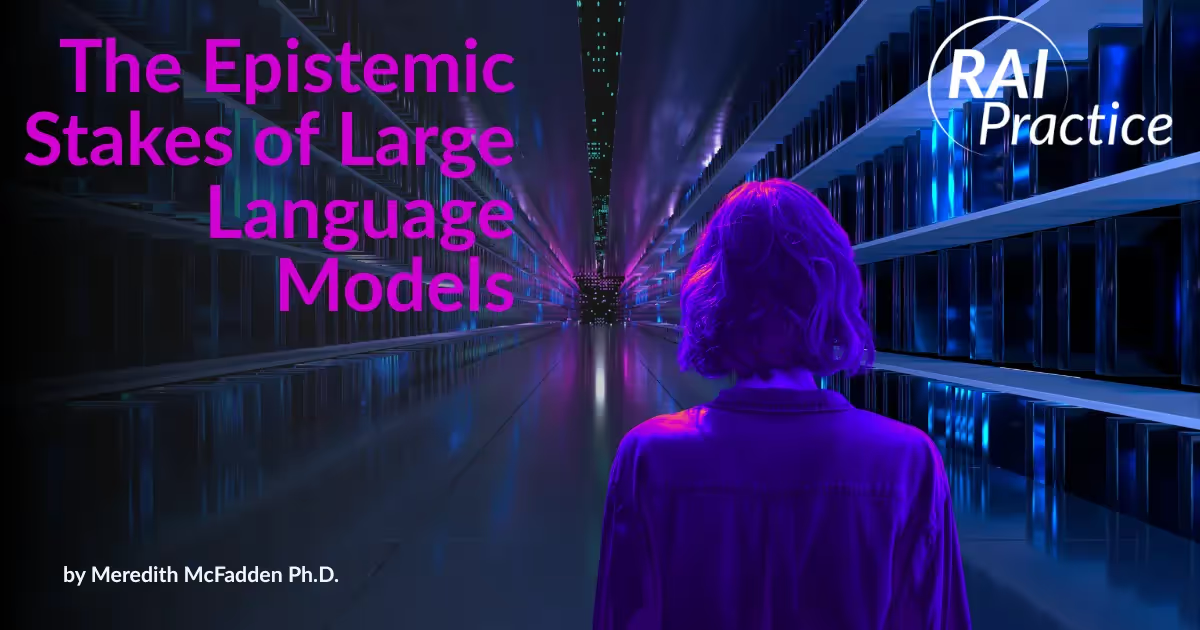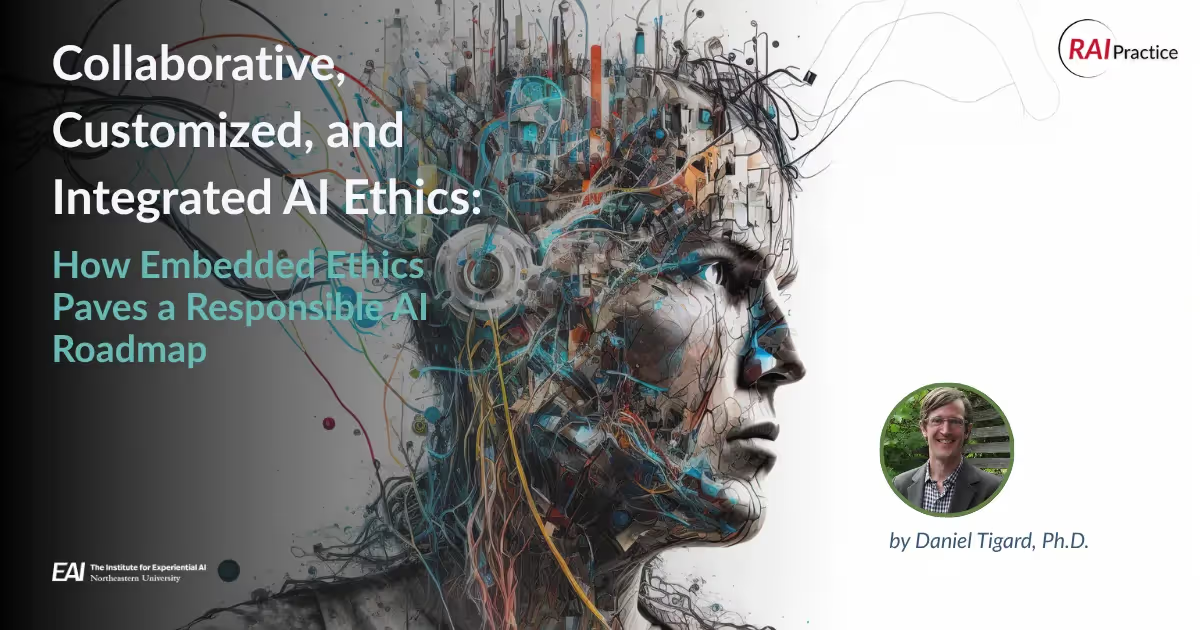RAI Radar: On Pal vs. Pokémon and How to Achieve Responsible AI in Gaming

This week in Responsible AI (RAI) Radar, we’re talking about the recent controversy surrounding Palworld. Since its release in January, Palworld has sold over 5 million copies globally and taken the internet by storm, but has also come under scrutiny for the uncanny resemblance of its characters to those licensed by Pokémon, which fall under Nintendo’s intellectual property.
AI-Generated Content in Gaming Sparks Controversy
While there is currently no concrete evidence that Palworld’s “Pals'' or any of its other in-game content was created using AI, there has been much speculation triggered by the developer’s past statements on AI-generated content. On social media, waves of posts compare characters from both games or complain about the role of AI and premade assets in replacing quality design. Whatever the outcome, this case has many users pondering AI’s place in artistic creation, especially when it comes to the use of licensed and copyrighted material when training generative AI models.
AI-generated art has also come under fire in several other spaces, including image-to-text models such as DALL-E and Midjourney. As many of these AI tools have been trained in a black box, where the inputs or outputs of the model are unknown to the user, there is no definitive way to prove that an artist or studio’s IP has been used to train the model. While no court case has definitively ruled in favor of either side, the difficulty in assessing whether a third-party’s content was used in training an AI model only adds to the gravity and sincerity with which companies must scrutinize their models to ensure fairness.
In the gaming industry, there have been similar instances where the usage of AI has drawn the ire of artists and creators, including:
- Platforms cutting ties with an AI partner after accusations of stolen assets
- Debates of balancing gaming immersion with player health
- Issues of transparency in player data collection
- Monetization model bias in mobile games
Responsible AI in Gaming and EAI
So how should developers maintain good relationships with their player base and prevent accusations of copyright infringement? How can sustainable strategies be implemented to create responsible, long-term AI roadmaps?
“Game developers using AI for content design first need to ensure that they have the appropriate legal permissions for their training data,” explains Tomo Lazovich, a senior research scientist and Responsible AI Practice member “On top of this, they should be transparent with players about what content is AI-generated to further build trust.”
Companies facing these challenges should work with responsible AI experts to identify possible risks as well as decide on organizational guiding values, ultimately working towards a comprehensive RAI governance strategy. As the gaming industry integrates AI tools into their operations, they should include safeguards to ensure player and developer agency, prevent harm and create a fair playing field.
At EAI, our Responsible AI team works through these quandaries with our academic and industry partners. Whether establishing governance strategies for the entire organization or performing game-specific diligence checks, let EAI be your partner in furthering your ethical gaming endeavors.
Need expert help with Responsible AI? Talk to us!



.avif)

